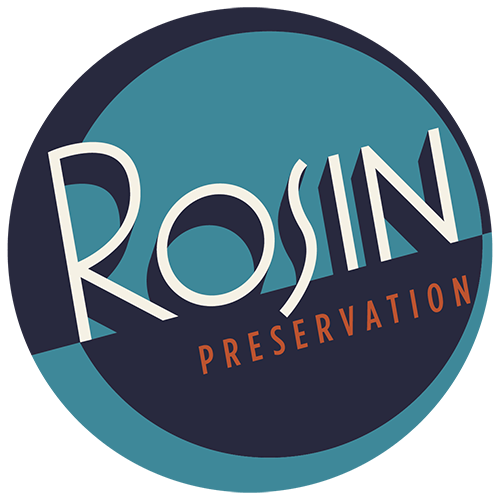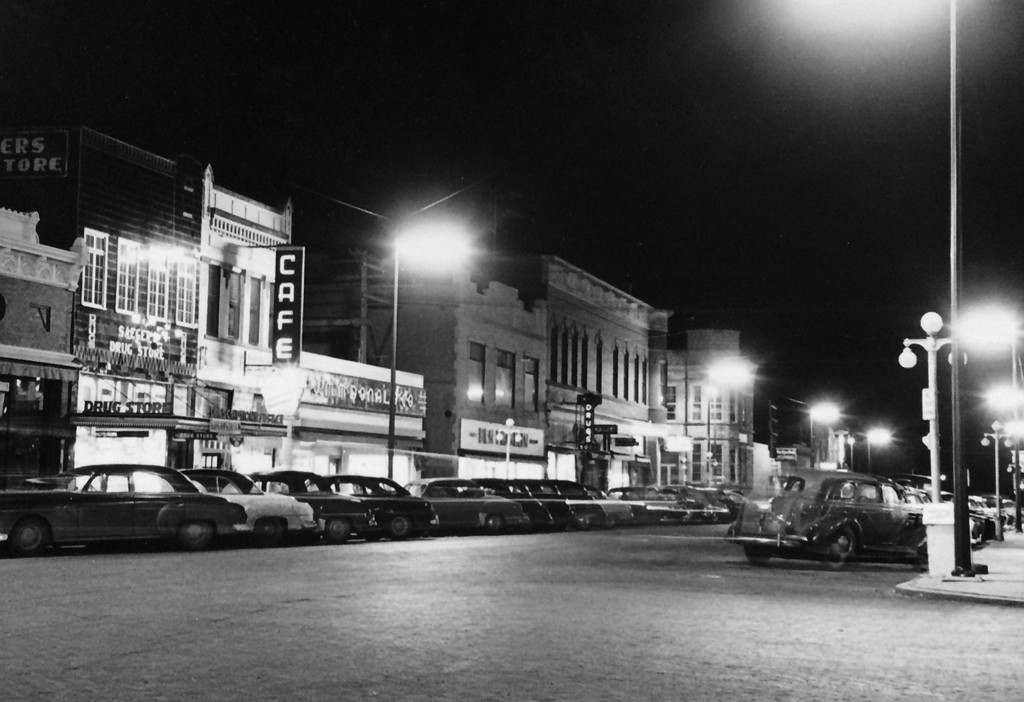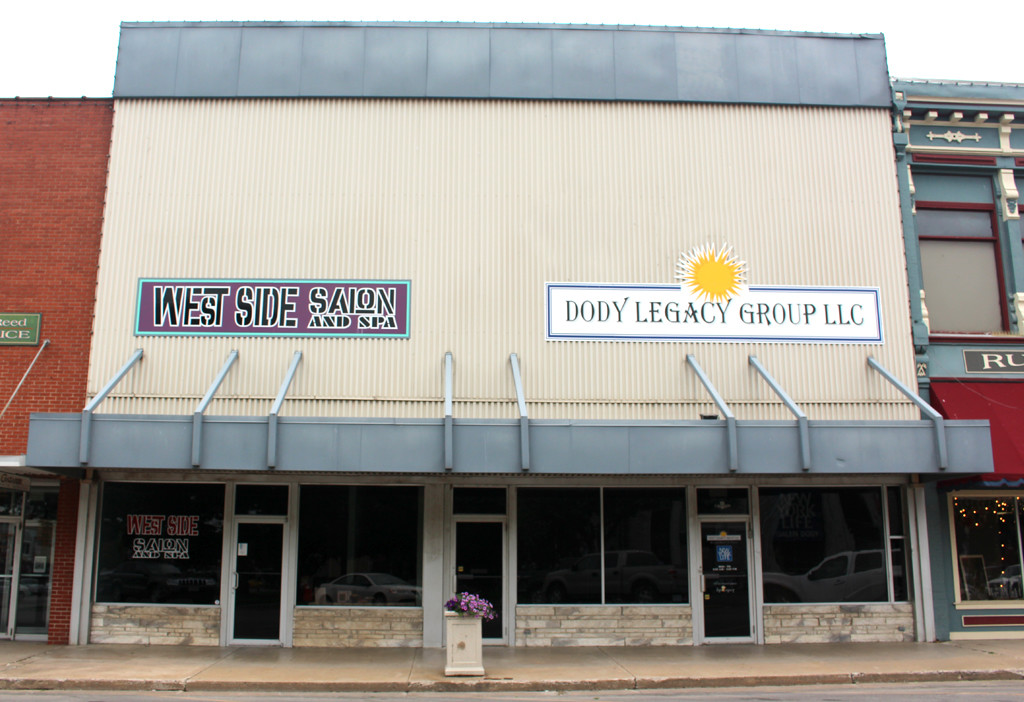Rosin Preservation Knows Main Street
Economic activity is paramount to a successful downtown, and historic preservation efforts are proven to return direct results. Rosin Preservation has extensive experience helping communities of all sizes harness the power of historic preservation to enhance the unique sense of place that can help Main Street thrive.
In this series, we share our insights and highlight successful strategies through case studies and project-specific examples of preservation in action.






